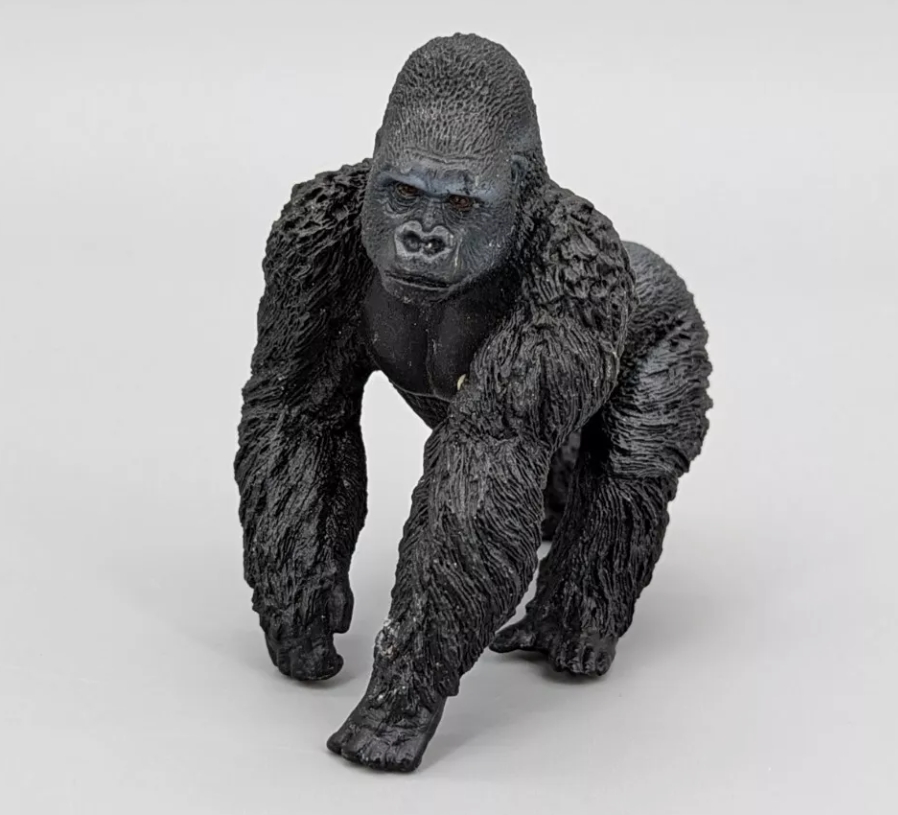The orangutan model is a theoretical framework for simulating the interaction between an organism and its environment. Through in-depth studies of orangutan behavior and ecosystems, scientists are trying to uncover complex biological networks and adaptation mechanisms. This model is not only applicable to biology, but also provides a valuable perspective for many fields such as psychology and sociology.
In the orangutan model,natural selection and adaptive behavior are seen as important driving forces. As a highly social animal,orangutans exhibit complex social structures and behavioral patterns. For example,they will use tools to solve problems and thus increase their probability of survival. This behavior not only reflects the intelligence of individuals,but also reflects the learning and inheritance between groups. This makes orangutans an important reference for human understanding of intellectual and cultural evolution.
Another important aspect of the orangutan model is its sensitivity to environmental changes. This model helps us understand how species adapt to pressures such as climate change and habitat destruction. Orangutans have demonstrated their ability to adapt flexibly by changing their foraging strategies and social behavior. This ability to adapt depends not only on individual physiological characteristics,but also on information transfer and cooperation between groups.
Researchers use orangutan models to study biodiversity conservation and ecological balance. By simulating orangutans' behavior in different environments,researchers can predict how they will respond to environmental changes and inform conservation strategies. This kind of application is particularly important today when the world is facing an ecological crisis.
In addition,the application of the gorilla model extends to the field of psychology. Research has found similarities between orangutans' social behavior and certain emotional mechanisms in humans.




